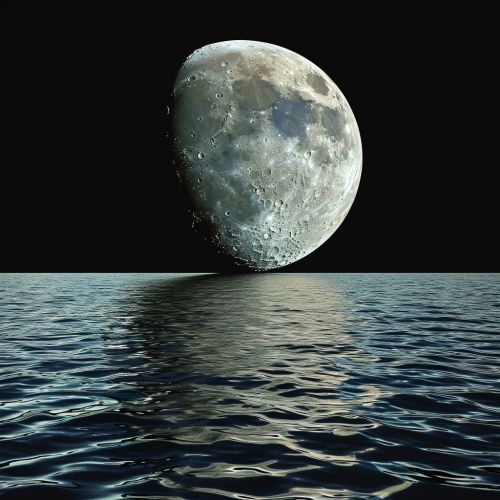Tidal force
Introduction
Tidal force is a phenomenon that occurs when the gravitational forces of a celestial body, such as the Moon or Sun, cause a distortion in another body, such as the Earth. This distortion results in the rise and fall of sea levels, commonly known as tides. Tidal forces are a type of differential force, as they vary in magnitude and direction depending on the distance from the celestial body.


Understanding Tidal Force
Tidal force is a result of the gravitational interaction between two or more celestial bodies. The gravitational pull of a celestial body decreases with distance, resulting in a difference in gravitational attraction across an extended body. This difference in gravitational pull is what causes the tidal force.
Gravitational Interaction
The gravitational interaction between two bodies is governed by Newton's law of universal gravitation, which states that every particle of matter in the universe attracts every other particle with a force that is directly proportional to the product of their masses and inversely proportional to the square of the distance between their centers. This law explains why the gravitational pull of a celestial body decreases with distance, leading to the differential force that causes tides.
Differential Force
Differential force is the difference in force applied to different parts of a body. In the case of tidal forces, the differential force is the difference in gravitational pull experienced by different parts of a celestial body. The side of the body closest to the celestial body experiences a stronger gravitational pull, while the side farthest from the celestial body experiences a weaker gravitational pull. This difference in gravitational pull is what causes the body to stretch and form tides.
Effects of Tidal Force
Tidal force has several effects on celestial bodies, the most noticeable of which is the creation of tides in bodies of water. However, tidal forces also affect the rotation of celestial bodies, their internal heat, and can even lead to tidal locking.
Creation of Tides
The most familiar effect of tidal force is the creation of tides. The differential force caused by the gravitational pull of a celestial body causes the water in oceans and seas to bulge out in the direction of the celestial body. This bulge is what we observe as a high tide. On the opposite side of the Earth, there is another high tide, caused by the Earth being pulled away from the water by the celestial body's gravity.
Effect on Rotation
Tidal forces can also affect the rotation of celestial bodies. This is due to the tidal bulge caused by the differential force. The gravitational pull of the celestial body tries to align the tidal bulge with the line joining the centers of the two bodies, which can result in a change in the rotation of the body experiencing the tidal force.
Internal Heat
Tidal forces can also generate heat within a celestial body. This is due to the friction caused by the deformation of the body due to the tidal force. This friction generates heat, which can have significant effects on the body. For example, it is thought that the internal heat of Jupiter's moon Io is generated by the tidal forces exerted by Jupiter.
Tidal Locking
Tidal forces can lead to a phenomenon known as tidal locking, where one body's rotational period matches its orbital period around another body. This results in one face of the body always facing the other body. An example of tidal locking is the Moon's rotation around the Earth, where the same face of the Moon always faces the Earth.
Tidal Force in Astronomy
Tidal force plays a significant role in astronomy, particularly in the study of galaxies, star systems, and exoplanets. It can lead to the formation of tidal tails in galaxies, the disruption of celestial bodies, and the habitability of exoplanets.
Tidal Tails
Tidal forces can lead to the formation of tidal tails in galaxies. These are long streams of stars and gas that extend away from a galaxy. Tidal tails are often formed when two galaxies come close to each other, and the tidal forces exerted by the galaxies on each other pull material away from the galaxies.
Disruption of Celestial Bodies
Tidal forces can also lead to the disruption of celestial bodies. If a body comes too close to a much larger body, the tidal forces exerted by the larger body can be strong enough to overcome the gravitational forces holding the smaller body together, leading to its disruption. This is known as tidal disruption.
Habitability of Exoplanets
Tidal forces can also affect the habitability of exoplanets. Planets in the habitable zone of a star can be subject to strong tidal forces due to their proximity to the star. These tidal forces can lead to tidal heating, which can affect the planet's climate and potential for life.
